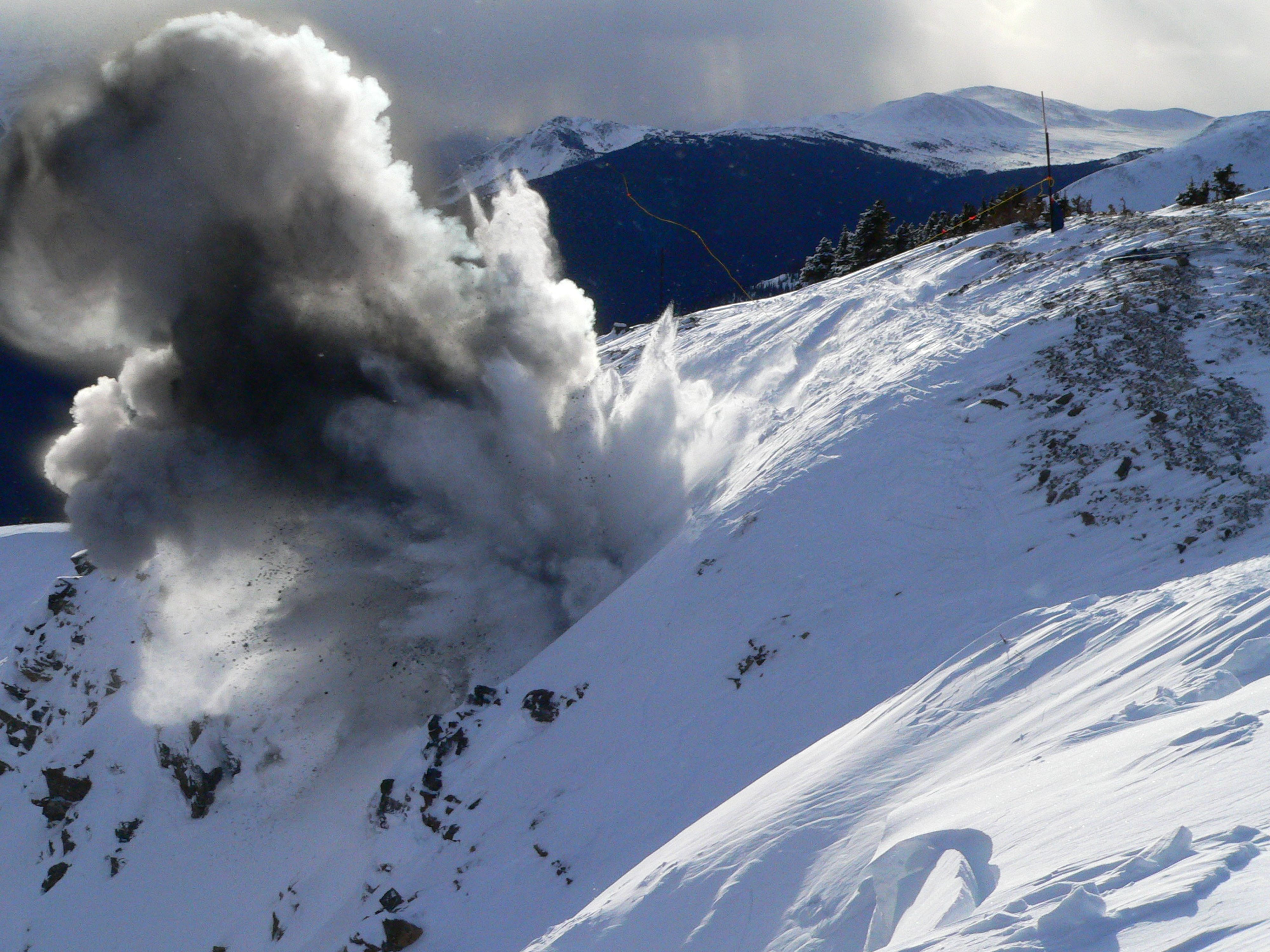How Do Avalanches Start?
Avalanches require some type of force to trigger the mechanisms that lead to snowpack failure.
Natural avalanches are triggered by natural forces, such as loading from new snow, windblown snow, and rain. Other common natural triggers are a rapid increase in temperature or sudden, strong solar radiation. The vast majority of avalanches are triggered naturally.

Human-triggered avalanches occur with the weight of a person or a machine causing the failure. If the snowpack is especially precarious, avalanches can be triggered from many metres away.

Artificial triggers such as explosives are used by professionals to deliberately release avalanches. This approach is used in places such as inside ski area boundaries and on highway passes, and is designed to keep avalanche sizes relatively small, before they build up to become more destructive.
